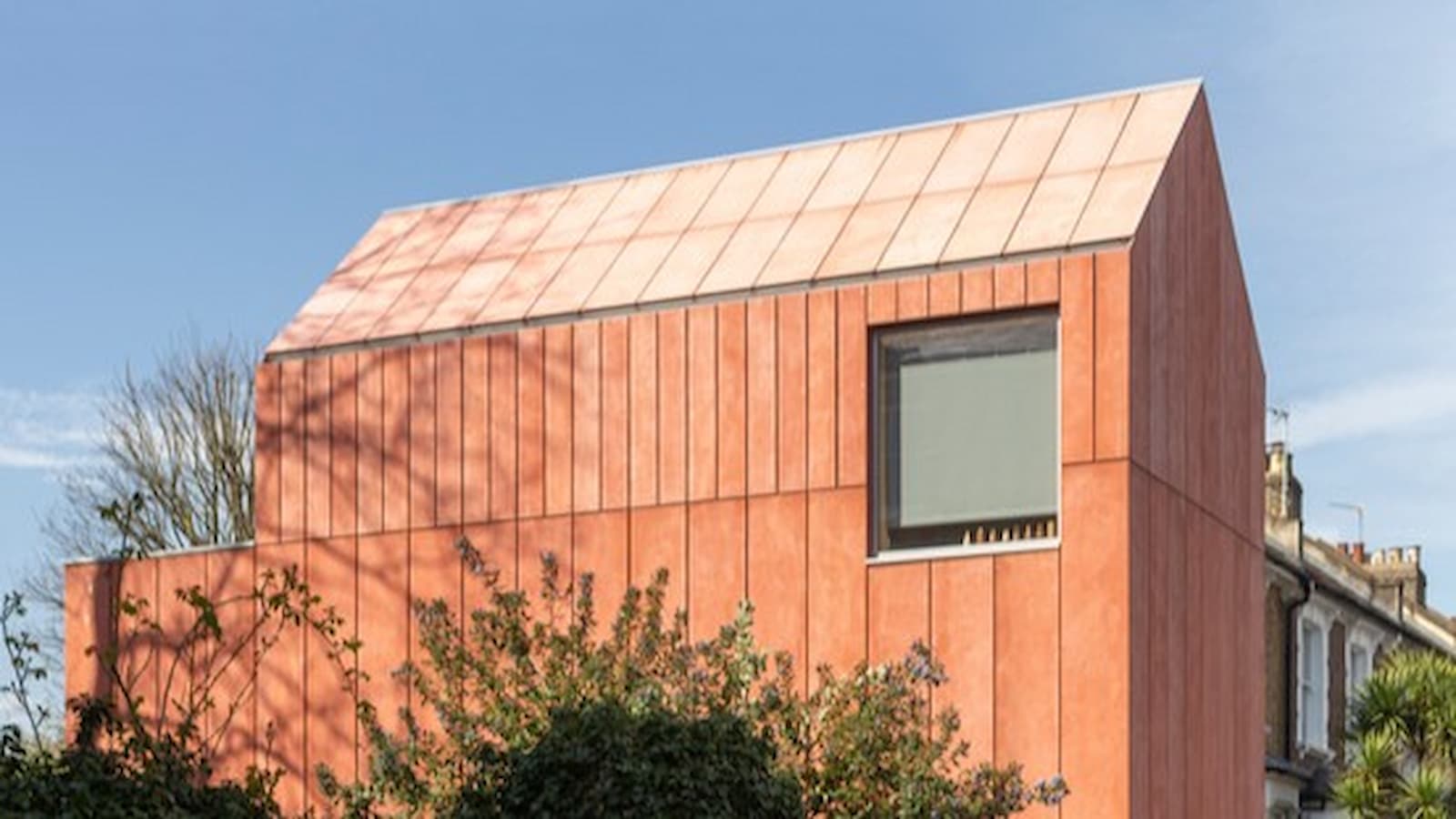House prices see biggest increase since 2022 — rising by 5.4%
The UK property market surges as house prices jump by £13,000 in a year, with London rising for the first time in nearly two years

House prices are continuing their upward trend, but a clear geographical divide is emerging.
ONS data shows that while the North East has seen the highest house price growth in England at 9.1%, London lags behind with just 2.3% growth in the last year.
This shift challenges the long-standing dominance of the capital in the property market, raising questions about what’s driving this regional divide and what it means for those looking at buying a house.
House prices across the UK have soared once again, with the latest data showing a dramatic 5.4% rise in the 12 months to February 2025 - the fastest annual growth rate in over two years.
The average UK house price now stands at £268,000, climbing by over £13,000 compared to February 2024, according to provisional figures from the Office for National Statistics (ONS).
This marks a powerful return to growth for the housing market following a slowdown in late 2023 - and in a surprising twist, London house prices are rising again for the first time in nearly two years, which could be bad news for those looking at buying a house.
House prices by country: Every nation on the rise
All four UK nations saw substantial annual house price increases, underscoring a broad-based rebound across the property market.
Get the Homebuilding & Renovating Newsletter
Bring your dream home to life with expert advice, how to guides and design inspiration. Sign up for our newsletter and get two free tickets to a Homebuilding & Renovating Show near you.
- England £292,000 +5.3%
- Scotland £186,000 +5.7%
- Wales £207,000 +4.1%
- N. Ireland*£183,000 (Q4 2024)+9.0%
While Scotland saw the largest percentage increase among the three nations with monthly updates, it was Northern Ireland that topped the charts overall with an astonishing 9.0% surge in average house prices over the last year.
London bounces back: First house price increase since 2023
For the first time in nearly two years, London’s housing market has returned to positive growth, with average house prices rising by 1.7% in the year to February 2025.
Although this is still the lowest growth rate among English regions, it signals a potential turning point for the capital after a prolonged period of stagnation and decline.
This recovery is part of a broader regional upswing, with all English regions reporting price increases:
- North West+8.0%
- Yorkshire & Humber+6.4%
- East Midlands+5.8%
- South East+2.5%
- London+1.7%
The North West leads the charge, posting the strongest annual house price inflation across England.
How are interest rates affecting house prices?
One of the key forces behind this renewed surge in house prices is the Bank of England’s recent decisions to cut interest rates.
February 2025 saw the second base rate cut of the year, bringing much-needed relief to mortgage holders and injecting new life into buyer sentiment.
With average mortgage rates dropping - including sub-4% “best buy” deals for those with large deposits - more buyers are re-entering the market, and demand is rising quickly.
Matt Smith, mortgage expert at Rightmove, explains: “A lower-than-expected inflation figure has kept the Bank of England on track to cut rates again in May. That’s already showing in the market with more competitive mortgage products emerging - and that’s helping fuel this surge in house prices.”
Lenders are also making it easier for people to borrow by relaxing lending criteria, increasing loan-to-income ratios, and reducing stress testing.
What’s next for house prices?

Experts are predicting that these house price increases are unlikely to stop anytime soon in 2025.
Frankish, CEO of Yopa, said: “The fact that house prices are not just holding steady but climbing this strongly is a clear sign of improving market health. The latest base rate cuts are already translating into renewed buyer activity, and we expect that momentum to continue through 2025.”
Jonathan Samuels, CEO of Octane Capital, added: “Mortgage affordability is improving at pace. We’re now entering a period where house prices are likely to continue rising, and possibly faster than expected, as interest rates continue to fall and sentiment improves.”
Marc von Grundherr, Director at Benham and Reeves stated: “Despite some global economic turbulence, the UK property market is proving remarkably resilient. We’re now beyond the uncertainty of the stamp duty changes, and there’s growing confidence that 2025 will be a strong year for house price growth.”
For even more advice, information and inspiration delivered straight to your door, subscribe to Homebuilding & Renovating magazine.
With mortgage deals becoming more attractive, inflation cooling, and interest rates falling, the stage is set for continued upward movement in house prices across the UK.
If current trends hold, 2025 could see double-digit house price inflation return to some parts of the country for the first time since the post-pandemic boom.
And with London’s market finally turning a corner, a wider rally may be on the cards.
If you are planning on buying a house you may want to see our house viewing checklist and our guide on building surveys and mortgage rate rises. Also, if you are looking to sell, you can use our 'How much is my house worth?' guide to make sure you get a fair price.

News Editor Joseph has previously written for Today’s Media and Chambers & Partners, focusing on news for conveyancers and industry professionals. Joseph has just started his own self build project, building his own home on his family’s farm with planning permission for a timber frame, three-bedroom house in a one-acre field. The foundation work has already begun and he hopes to have the home built in the next year. Prior to this he renovated his family's home as well as doing several DIY projects, including installing a shower, building sheds, and livestock fences and shelters for the farm’s animals. Outside of homebuilding, Joseph loves rugby and has written for Rugby World, the world’s largest rugby magazine.
